From this city, he led his army to conquer and unify the country. Guimarães is known as the “cradle of Portugal” and has been recognized by UNESCO as a World Heritage Site.

The ancient city of Guimarães.
Ancient city
Guimarães is a typical medieval city, and tourists should take a walk to get around its winding alleys. Visitors should start from the old city walls that surround the city center. After Afonso I declared the independent kingdom of Portugal in 1139, he built a wall around the capital Guimarães. Today, only a section of the wall remains standing, with a plaque above it reading “Aqui nasceu Portugal” (meaning “Portugal was born here”).
The “heart” of Guimarães is the castle of the same name. Guimarães Castle was built in the 10th century, located on a hill overlooking the city. In addition to its architectural value, the castle is also home to a bronze statue of King Afonso I created by the famous sculptor Antonio Soares dos Reis (1847 - 1889). King Afonso I was born and raised in this castle.
Not far from Guimarães Castle is the palace of the Dukes of Barcelos Braganza (1377 - 1461). After centuries of abandonment, it was not until the early 20th century that the palace was renovated. Today, the Palace of the Dukes of Braganza is both a museum and the official residence of the Portuguese president when he travels to the north of the country. Visitors to the palace are fascinated by the mix of architectural styles here.
Another important historical building in Guimarães is the church of Nossa Senhora da Oliveira. The church was inaugurated under King Afonso I and has undergone several renovations. In 1928, the church’s abandoned convent was converted into the Alberto Sampaio Museum. The museum is famous for its extensive collection of medieval Portuguese artifacts, especially artifacts and works of art related to the spread of Catholicism in the country.
Attractive street life
Guimarães has many squares, but none is as beautiful as Largo da Oliveira. In ancient times, the people of Guimarães planted many olive trees here for shade. Now, Largo da Oliveira is still a place that attracts people to enjoy the breeze, drink coffee and admire the surrounding ancient buildings. In the middle of the square is the Padrão do Salado arch, built by King Afonso IV (1299 - 1336) to commemorate his victory over the invading Moorish army.
Calle Santa Maria is another interesting destination in Guimarães. It is nearly 1,000 years old and is famous for its ancient marble houses. The narrow street is lined with small shops selling local products. Visitors looking for a souvenir of pottery, hand-embroidered fabric or silver jewelry can stroll along Calle Santa Maria.
If you’re looking for some fresh air, head up to Mount Penha. The only mountain in Guimarães is also home to Portugal’s oldest cable car, the Teleférico da Penha. The round-trip cable car costs €5 and takes about 10 minutes to reach the top; or you can take a 30-minute hike up the mountain. The view from the top is breathtaking. There’s also the Penha Cathedral, a marble Art Deco church.
On the outskirts of Guimarães is the Citânia de Briteiros excavation site. It is one of the last remaining historical sites of the Castro culture, a Celtic people who migrated from northern Europe to the Iberian Peninsula. Citânia de Briteiros was once a prosperous town, and today the stone walls of its houses run through the maze-like ruins. Archaeologists have found numerous artifacts from the Bronze and Iron Ages in Citânia de Briteiros. Some of these artifacts are now on display in a museum adjacent to the site.
Experience with all senses
Guimarães is not known as a culinary city, but it is home to many northern Portuguese specialties such as salted cod, papas de sarrabulho (pork blood pudding) and caldo verde (a stew of cabbage, potatoes and onions). The francesinha sandwich, which is of Portuguese origin, is particularly famous in Guimarães thanks to its beer and tomato-based soup.
Visitors should not miss the excellent Vinho Verde wine. This wine is made from young grapes and fermented in the bottle. The wine is sparkling, has a slight sour taste, and is very suitable as an aperitif or mixed into cocktails.
The best time to visit Guimarães is from late November to early December. This is when the festival of Saint Nicholas takes place. This is a festival for young people. During the festival, they take to the streets to party, drink, and dance. They also cut down the tallest pine tree in the area and drag it through the city in an oxcart, followed by a procession of thousands of people beating drums and blowing trumpets.
During the last days of the festival, people light a big bonfire in the city center, distribute food to the poor, and organize readings of jokes, poems and plays. Tourists can feel the closeness between Nicolinas festival and Christmas because Saint Nicholas is believed to be the prototype of Santa Claus.
In recent years, the Mucho Flow electronic music festival in Guimarães has gradually asserted its position. Fans of electronic music come to Mucho Flow to enjoy creative experimental works by artists from all over Europe. The festival is held on the first three weekends of November each year, but visitors are advised to buy tickets and book hotel rooms at least a month in advance to avoid disappointment.
Source


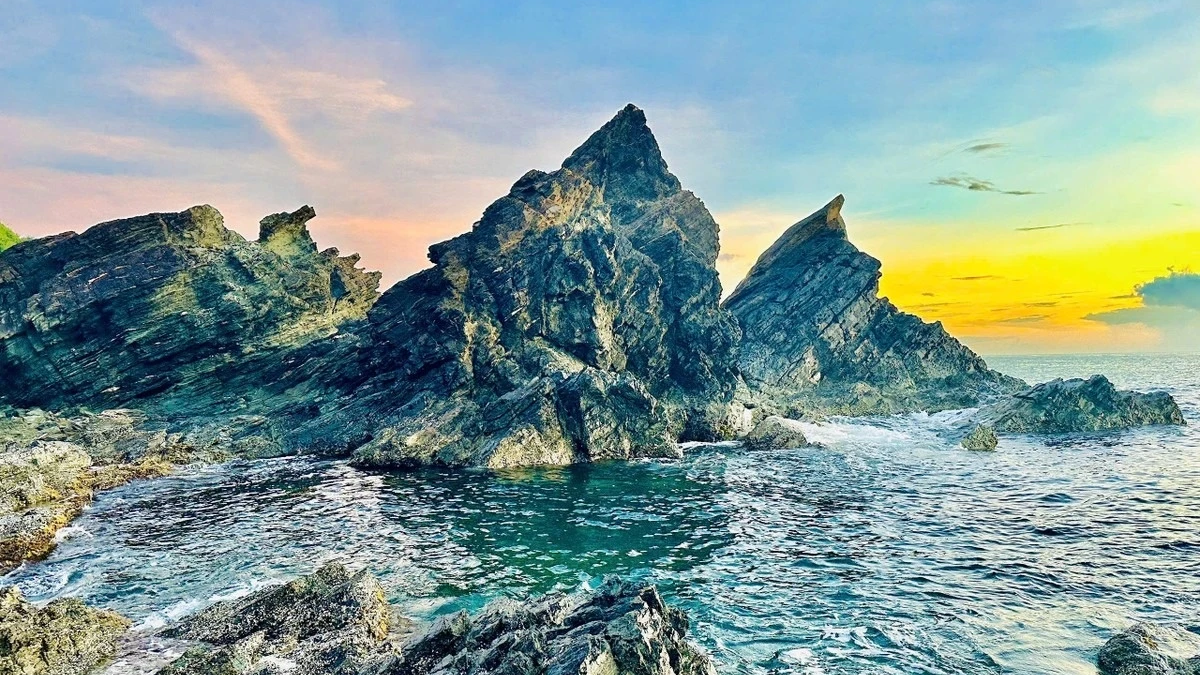









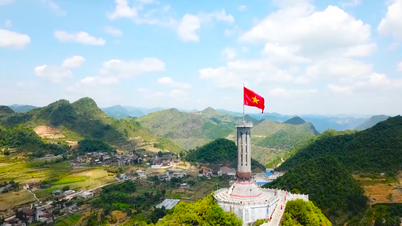
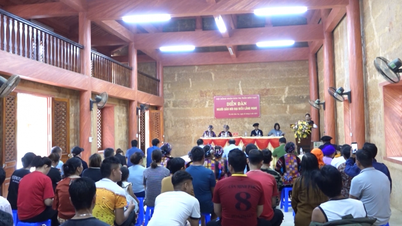


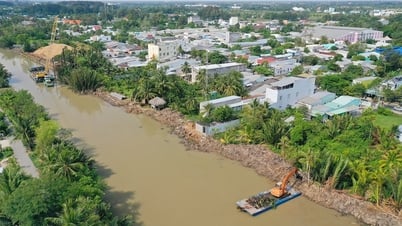
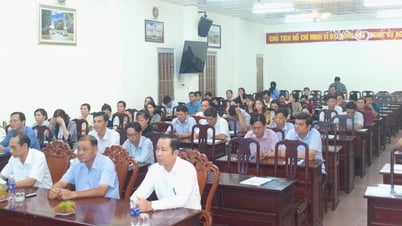



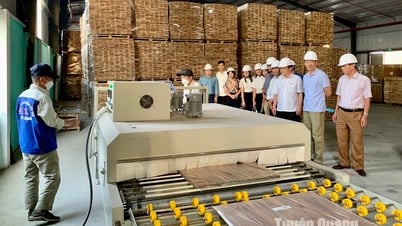




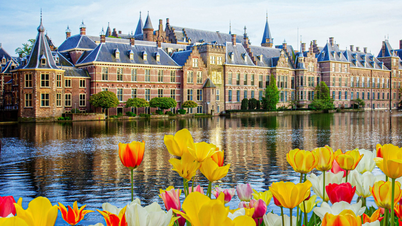
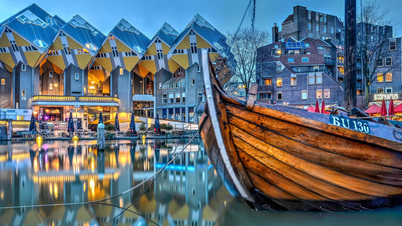
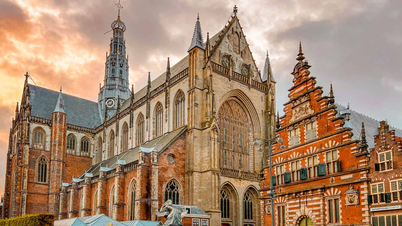
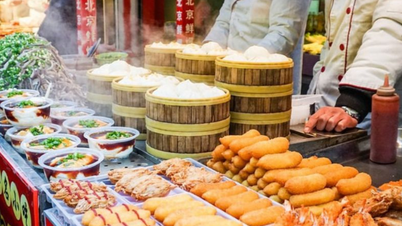
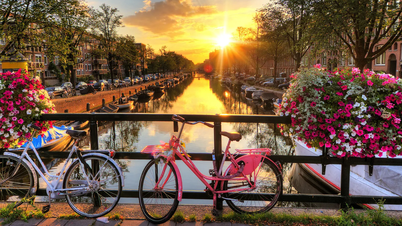
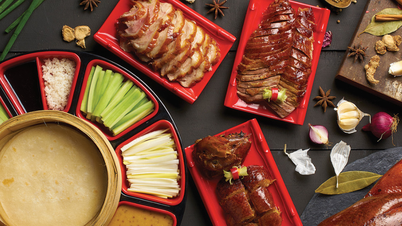

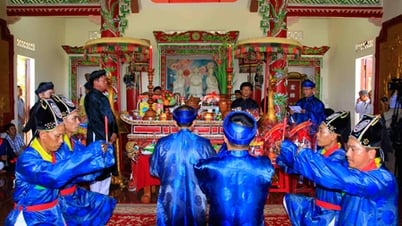



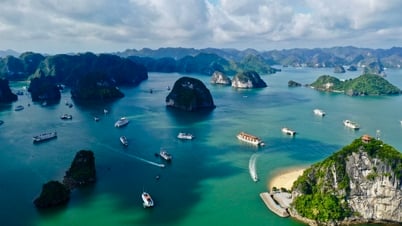

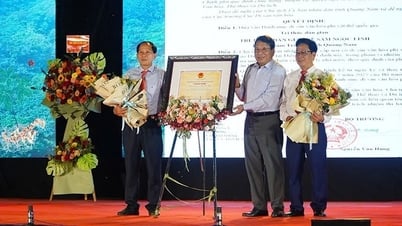

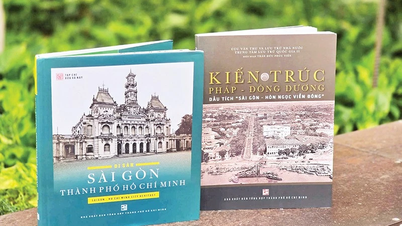






























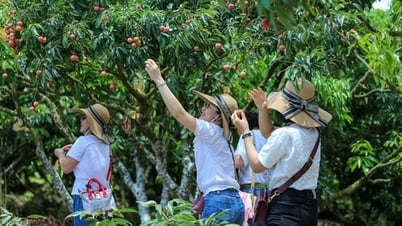






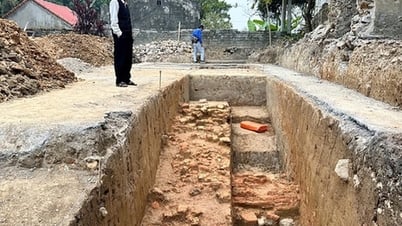



















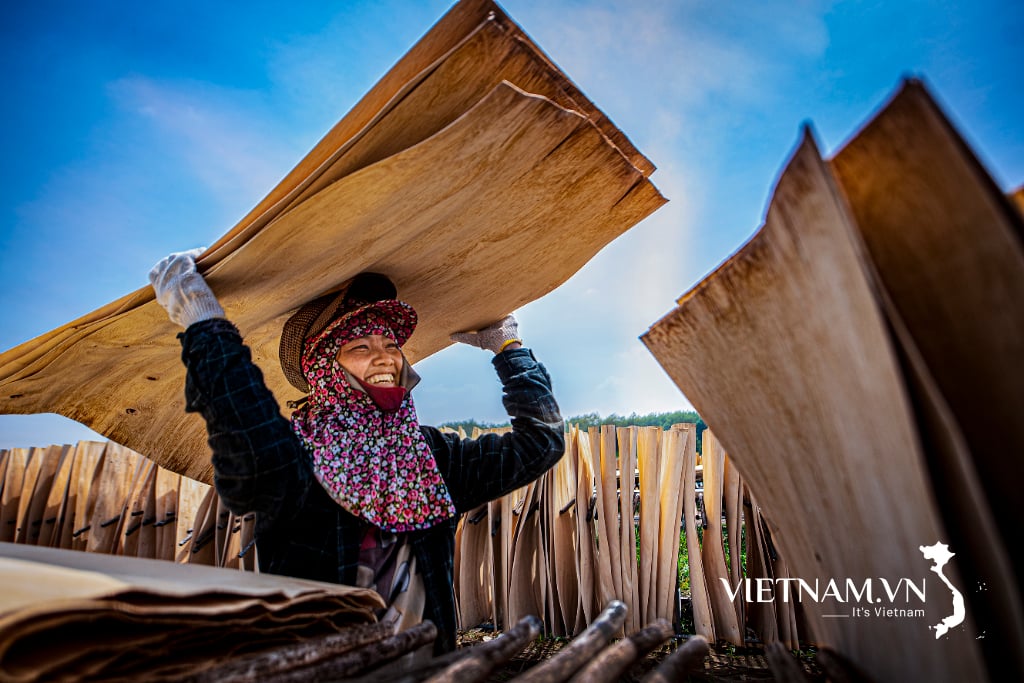
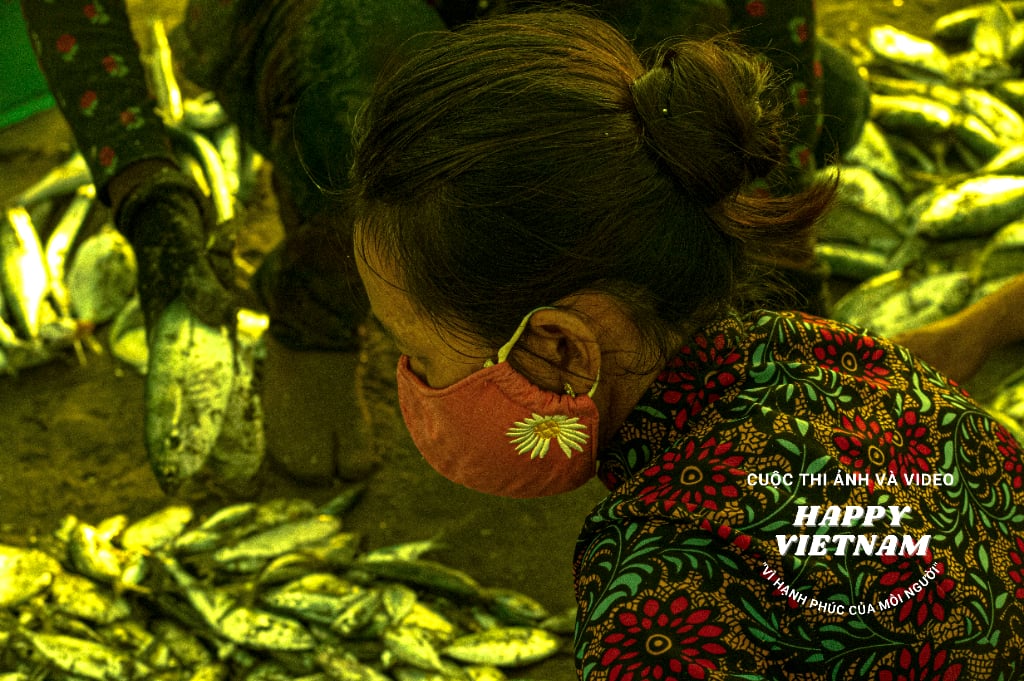
Comment (0)